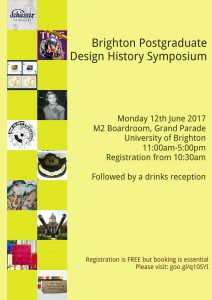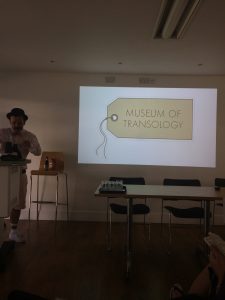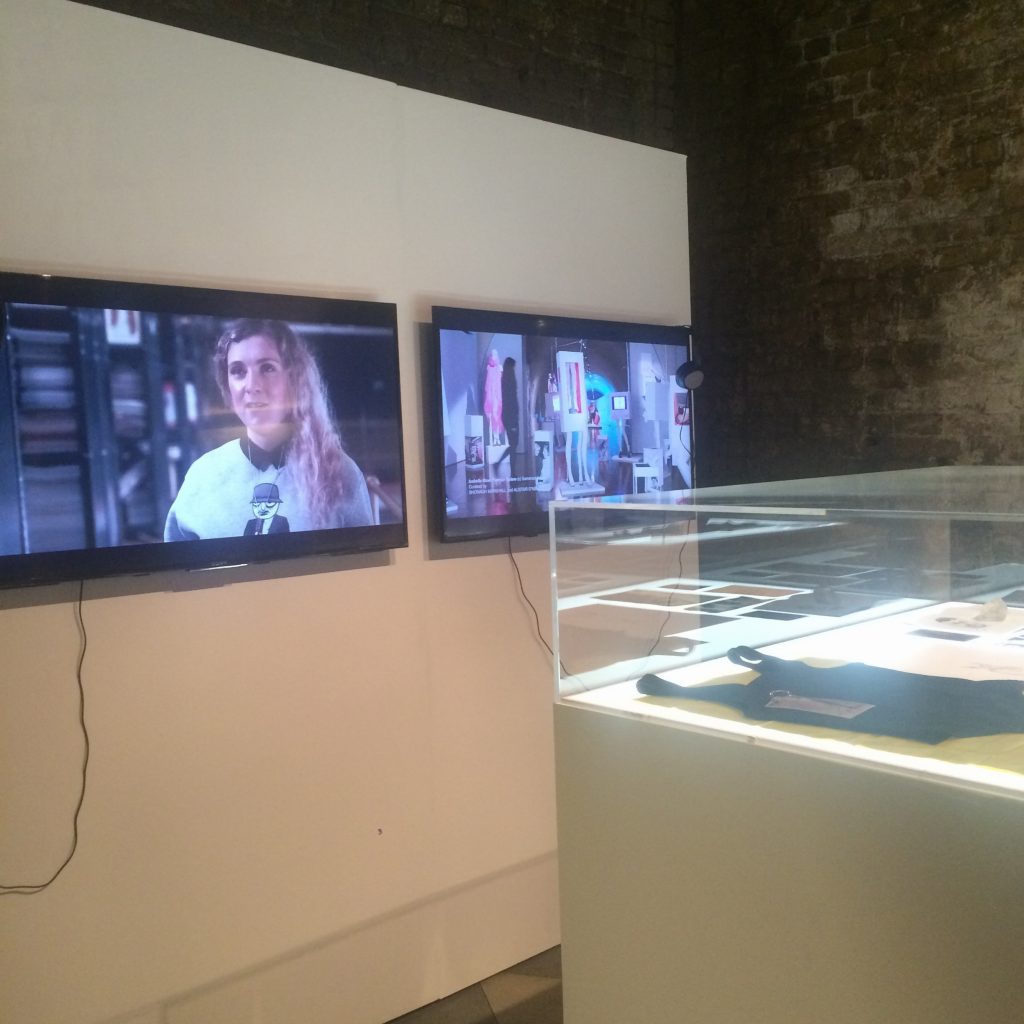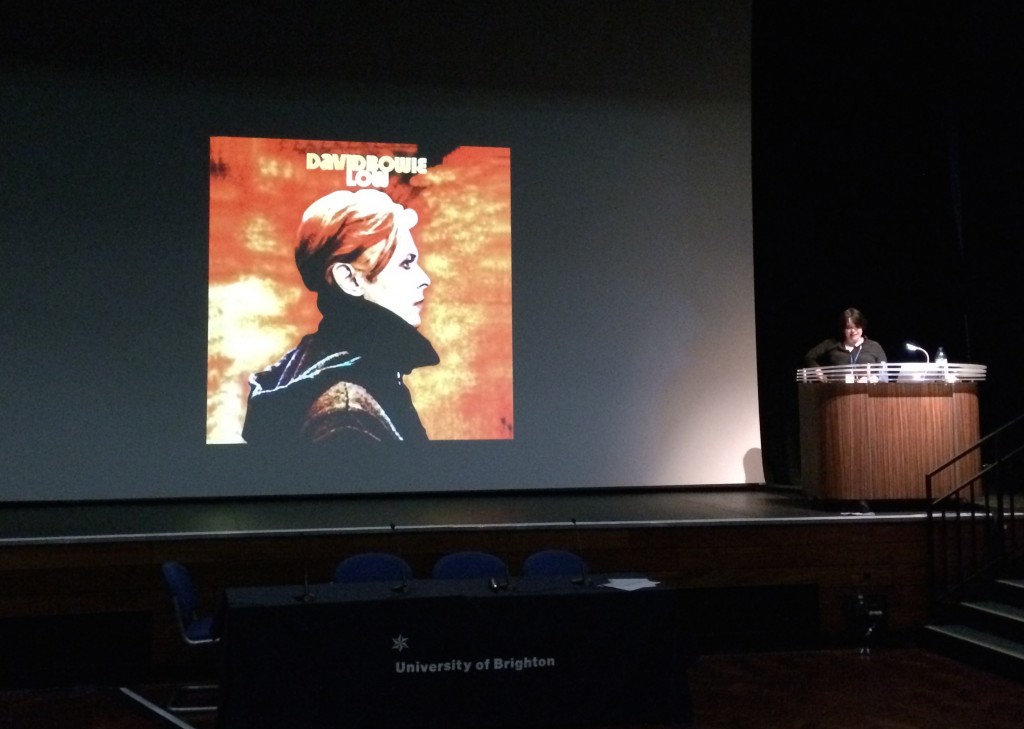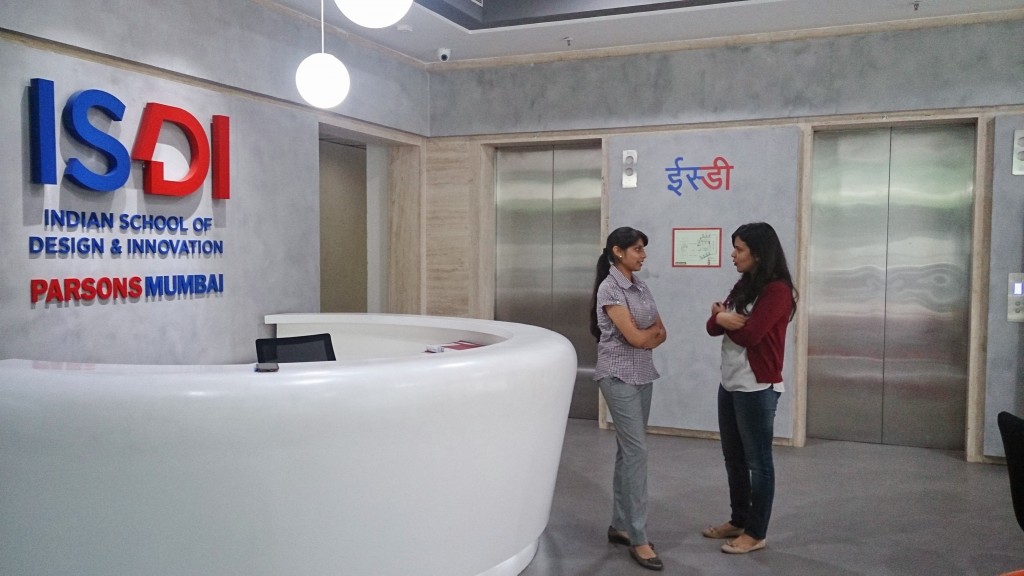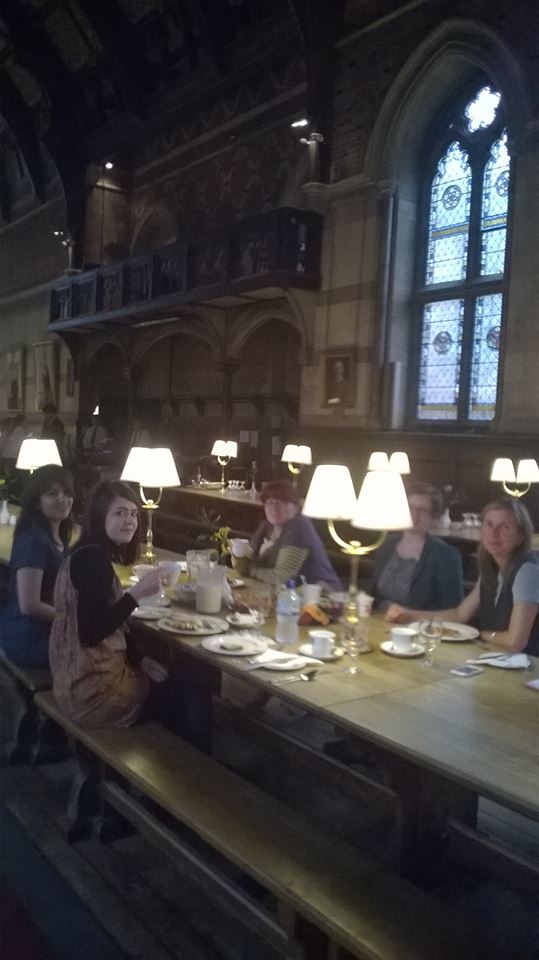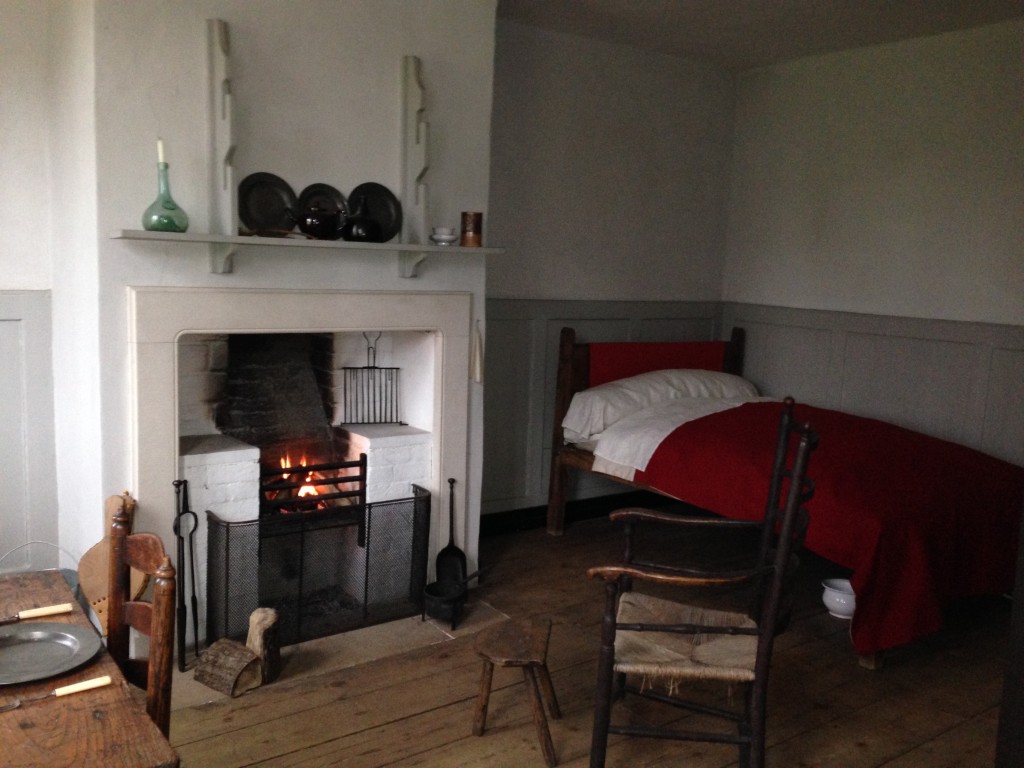Second year Art History and Visual Culture student Paige Mcilrath reflects on her experience attending the ‘Ways of Seeing’ conference organised by the Association for Art History (AAH) on Sat 23 Nov, 2024.
Since 2004, the Association for Art History has hosted Ways of Seeing, an inspiring annual conference that brings together A-Level students and teachers of History of Art to explore how we engage with and interpret visual culture. Last November, I had the privilege of attending this event at the Tate Modern’s Starr Cinema, where I spoke with students about my experience studying Art History at the University of Brighton. It was an exciting opportunity to share insights, answer questions, and hopefully inspire the next generation of art historians.
This year’s theme, Nature and Identity, shaped the day’s discussions, with talks and workshops examining how artists engage with the natural world to construct meaning and identity. One of the most thought-provoking lectures was Nature and Artifice in Van Dyck’s William Feilding, 1st Earl of Denbigh, presented by Melissa Baksh, a London-based art historian, curator, and writer. Melissa explored the imagined landscapes prevalent in imperial depictions of colonial India, highlighting how these works functioned as colonial propaganda by omitting realistic representations. Through her talk, we gained valuable tools for critically analysing colonial art, learning to recognise both what is depicted and what is strategically absent.
From the moment I stepped into the Tate Modern, there was an undeniable buzz in the air. The energy in the room was infectious – an inspiring mix of curiosity, enthusiasm, and a shared love for art. Students and teachers alike were engaged, eagerly absorbing new ideas. When Melissa invited us to reenact the contrived, awkward poses of William Feilding in Van Dyck’s portrait to evaluate how natural his position was, without hesitation the room sprang to life. Students contorted themselves into his stance, transforming the space into a dynamic, interactive learning environment. Between talks, the excitement carried over into the corridors, where students debated and shared their own perspectives on the subject.
The setting itself amplified the experience. Being at the Tate Modern – surrounded by some of the most groundbreaking works of modern art – added a layer of immersion that made the discussions feel even more tangible. Everywhere we turned, the importance of art history surrounded us, reinforcing the significance of the ideas being explored throughout the day.
Beyond the discussions, Ways of Seeing reinforced the importance of making art history accessible. Thanks to support from The Worshipful Company of Arts Scholars, the event provided 100 free tickets to students and teachers from state-maintained sector schools. Being part of this conference was not only an opportunity to support younger students but also a moment to reflect on my own academic journey.
Speaking with students during the lunch period – some who had a clear vision of their academic future, others still exploring their options – was refreshing. It reminded me of my own decision to study Art History at Brighton, a choice that has shaped my passion and sharpened my critical thinking, creativity, and analytical skills in ways I never anticipated.
Looking back, I remember the uncertainty I once felt about my future and the challenges I faced with my own social anxiety. Now, I find myself attending events like Ways of Seeing on my own – not out of obligation, but out of a genuine desire to help others find their passion, their voice, and their community, just as I did. Attending this event was a deeply rewarding experience, and I hope to continue participating in more opportunities where I can support and encourage students to pursue what truly excites and inspires them. Art history is not just about the past – it’s about understanding the world around us, and I feel grateful to be part of that journey, both for myself and for others.






